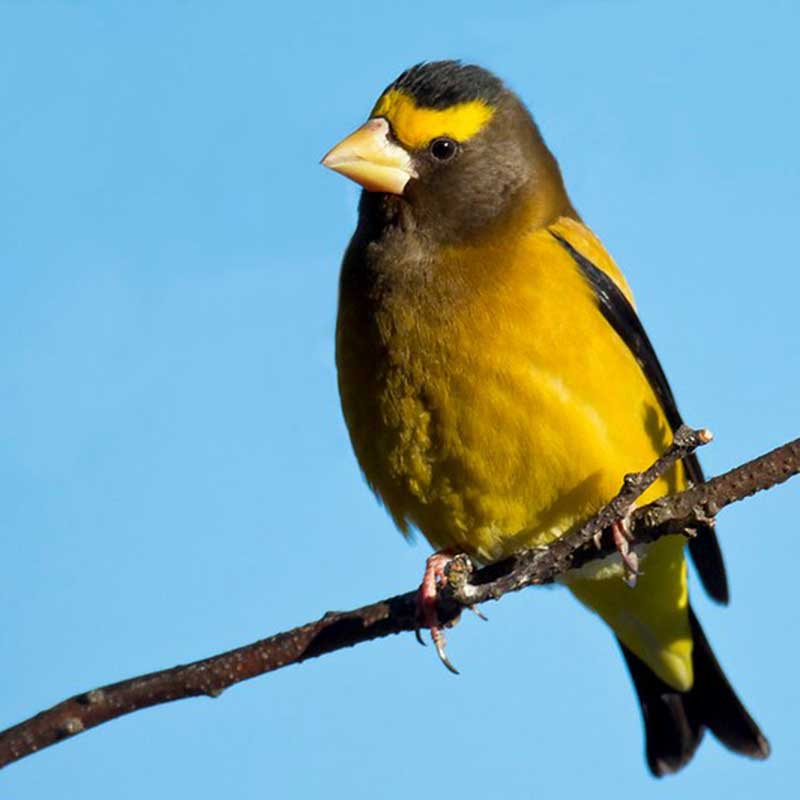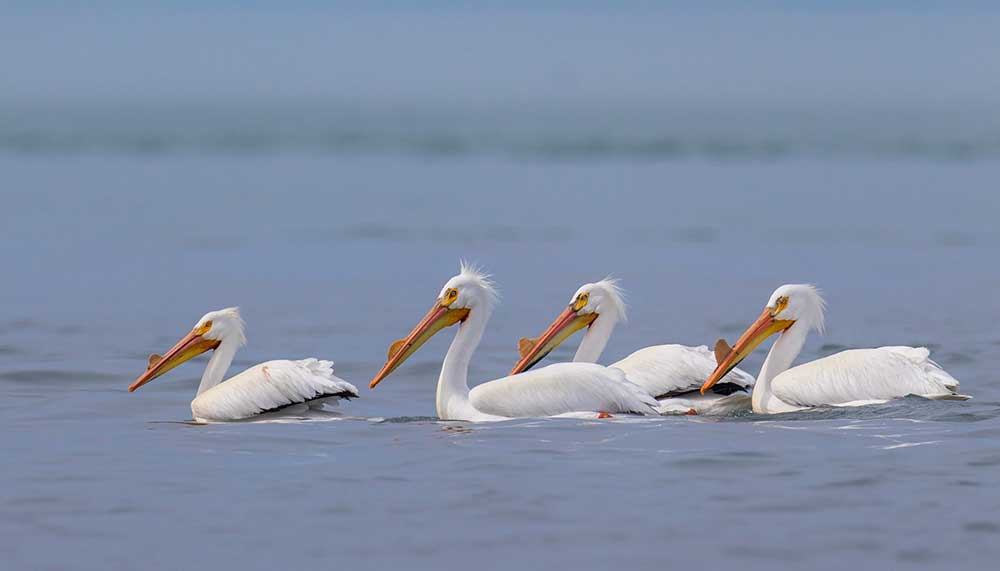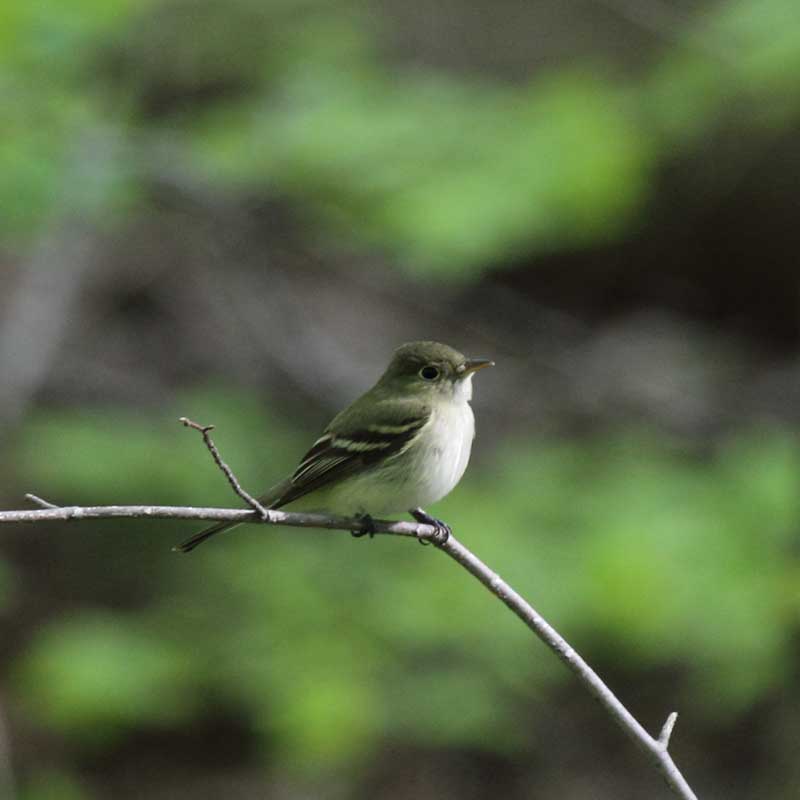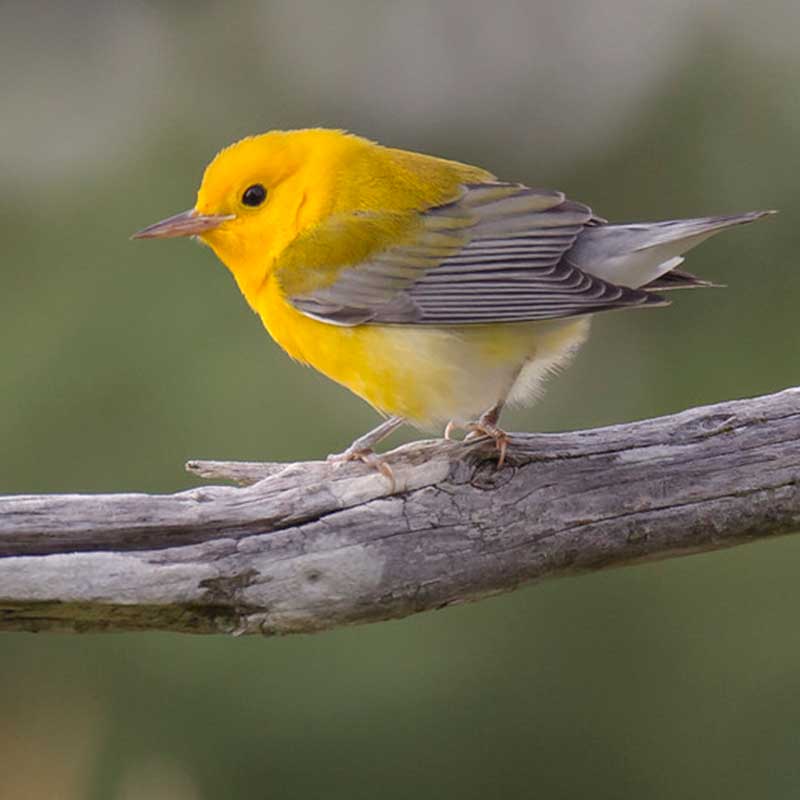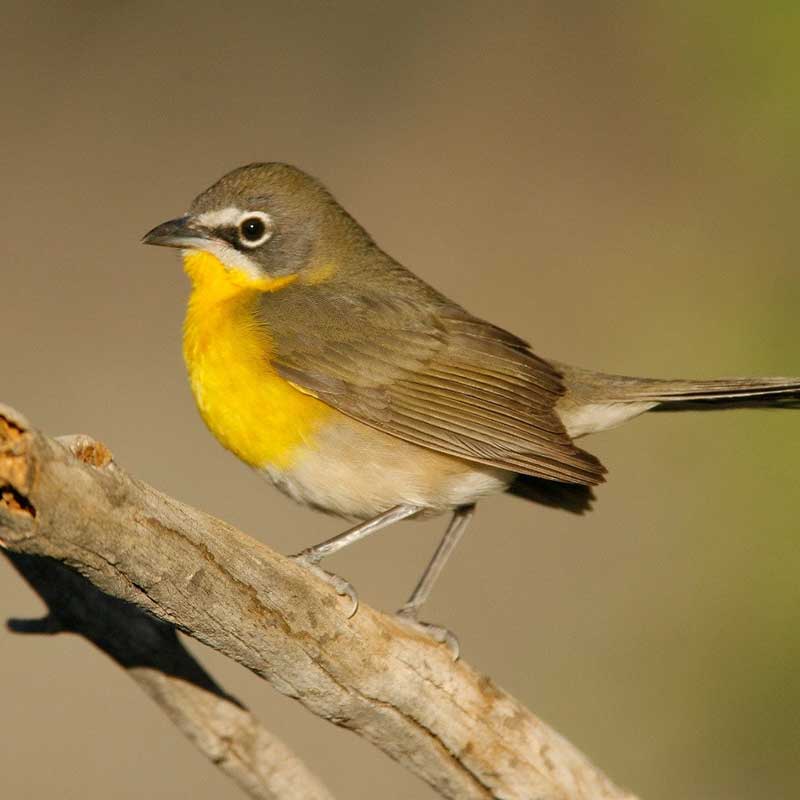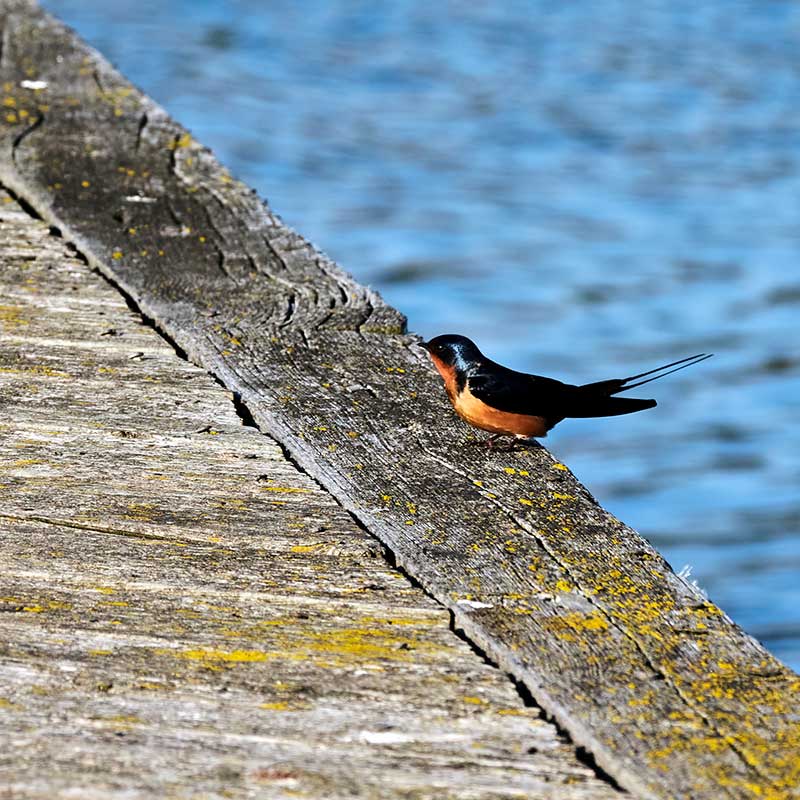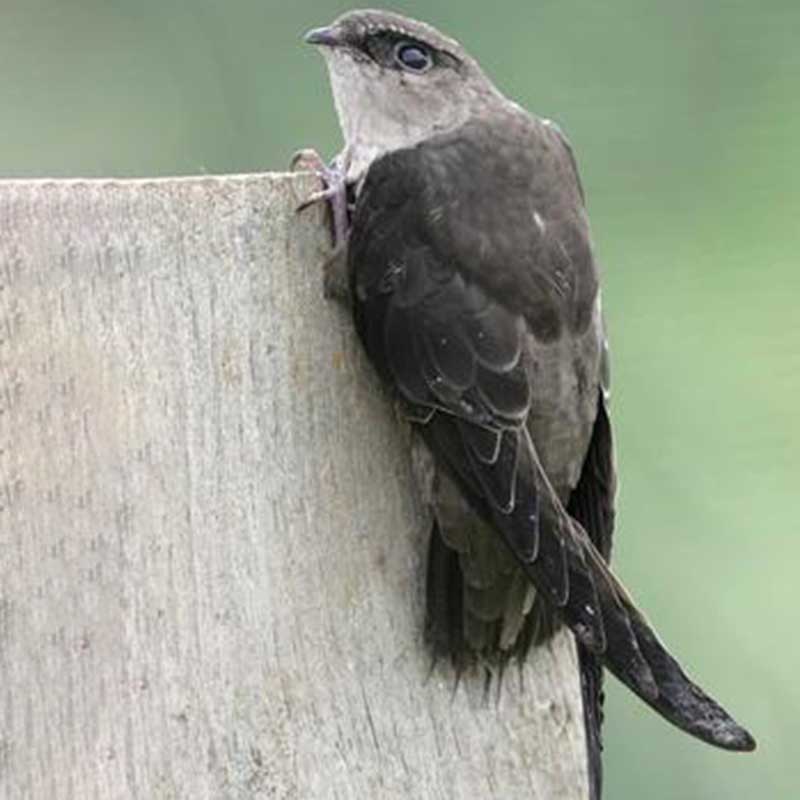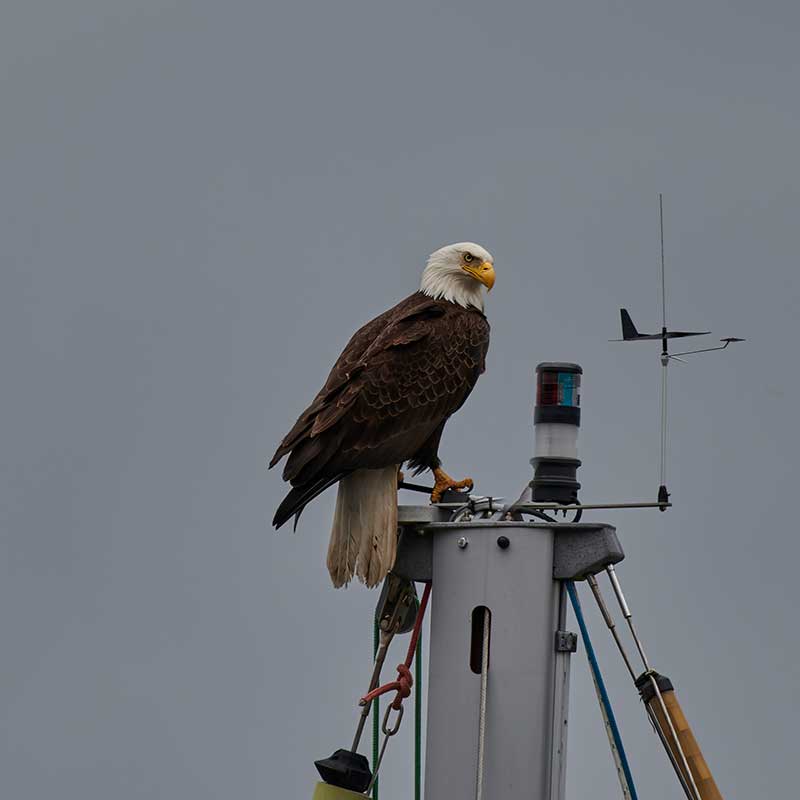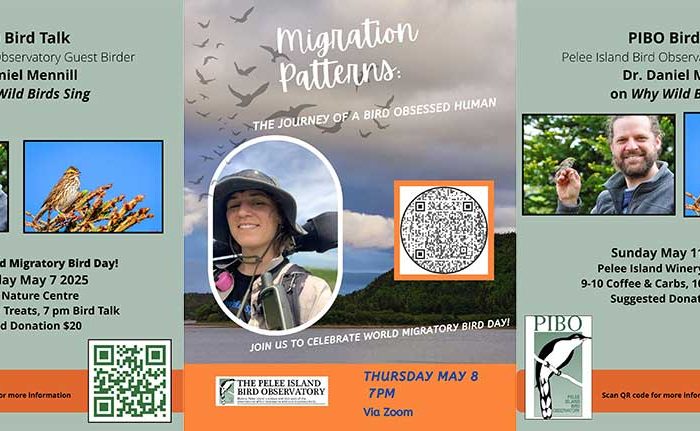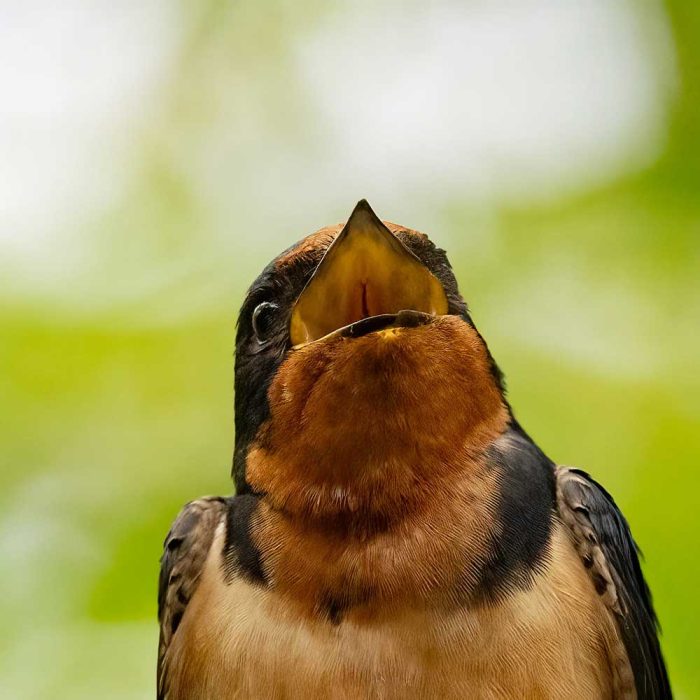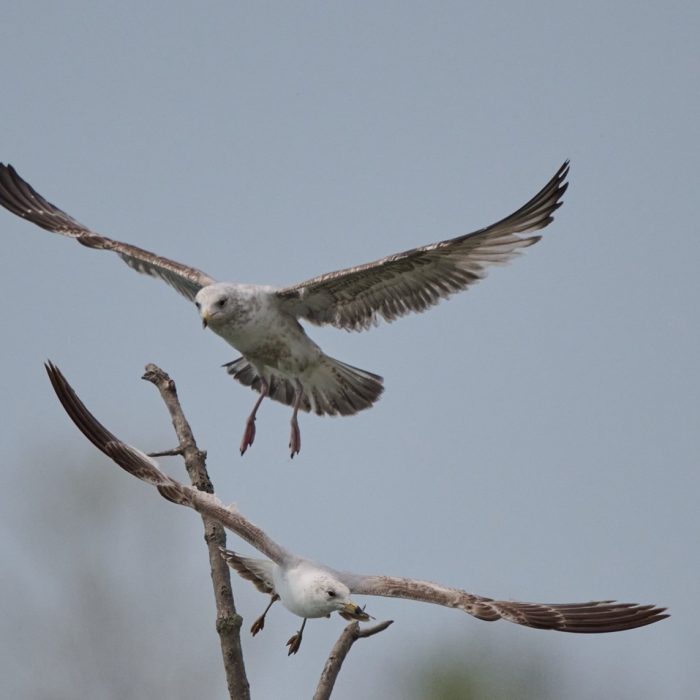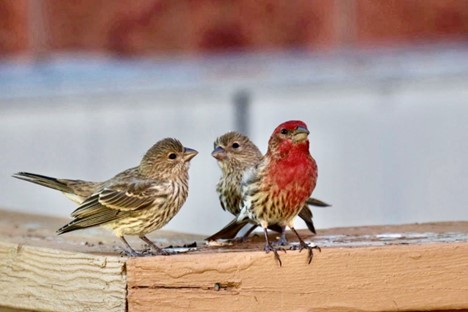Species at Risk Ontario (SARO)
Acadian flycatcher
Endangered. The Acadian flycatcher is one of many lookalike flycatchers that breed in undisturbed mature woods. This species is endangered in Ontario mainly because of habitat loss due to wholesale forest-clearing. Several Acadian flycatchers were observed on Pelee in the 1980s, mostly associated with the Stone Road Alvar. Several were found again in 2012, and one was banded by PIBO staff. Four Acadian flycatchers were seen on Pelee in 2016, but none have been seen or heard since.
Prothonotary warbler
Endangered. Wetland drainage and the removal of dead snags have reduced the principal nesting sites for these cavity-nesting birds. There are probably fewer than 30 Prothonotary warblers (known to birders as PROWs) in all of Ontario. PIBO installed Prothonotary nest boxes in the swamps around Fish Point, and a small breeding population developed. In 2019 only one PROW was seen on the island, and no breeding was recorded in the boxes or elsewhere. In early 2020, however, a female Prothonotary warbler was seen carrying nesting material at Fish Point, and in August a juvenile was seen near the same spot, raising our hopes that at least one pair successfully bred on the island.
Yellow-breasted chat
Endangered. The Yellow-breasted chat is a large warbler that spends most of its time in thickets and dense undergrowth, and so is rarely seen. Such thickets and second-growth are becoming rarer in Ontario as the need for farmland increases. Chats are also susceptible to nest-parasitism by Brown-headed cowbirds. Since 2003, PIBO staff have monitored up to seven Yellow-breasted chat nesting territories, but since then, the decline has been steep. Two were heard singing in 2016, but no nests were found. In 2019, no chats were seen or heard on the island. Two were observed in June and August 2020, but it is not known if they nested on the island.
Barn swallow
Threatened. Barn swallows endure multiple threats. Apart from increased use of insecticides, modern farming techniques reduce their nesting and foraging abilities. They have to compete for nesting sites with the ubiquitous House sparrow. And climate change produces sudden, late-spring cold snaps in their breeding territories. Barn swallows are among the 35 breeding species on Pelee, and PIBO continues to monitor mating pairs from the time they arrive in early April.
For more information on the history and decline of the barn swallow, read Sumiko Onishi’s report.
Chimney swift
Threatened. Simply put, people don’t build chimneys the way they used to, and some new houses don’t have chimneys at all, thus reducing nesting sites for Chimney swifts. Pesticides have also reduced insect populations, which are the swift’s principal diet. There are two known Chimney swift nesting spots on Pelee Island, and every year PIBO checks several other promising sites. During their morning census walk, staff regularly see these birds on Fish Point during the migration seasons.
Least bittern
Threatened. A very secretive wetland species, Least bitterns are difficult to find and observe, making it hard to accurately assess their presence. The drainage of wetlands to increase Ontario farmland has seriously reduced their habitat. PIBO monitors island wetlands as part of our Marsh Monitoring Program (MMP), and staff have recorded three active nests on Lighthouse Point. They routinely search likely territories with audio equipment: in 2019 four individual Least bitterns responded to the calls.
Bald eagle
Special Concern. Bald eagles were very close to extirpation in Ontario a decade ago, due largely to pesticides and other contaminants in their food supply. But rigid conservation efforts have downgraded the specie’s risk assessment to Special Concern. There are several Bald eagle nests on Pelee, where mating pairs have been observed raising young, and Bald eagles are often seen during the daily Dawn Walk. In May 2020, PIBO staff watched two juvenile Bald eagles as they grabbed fish from the pond at Fish Point.

